Komodo is immensely beautiful both above and below water, boasting volcanoes and kaleidoscopic reefs to leathery dragons and brightly coloured frogfish. Sitting pretty in the middle of Komodo National Park, it stands as a jewel of Indonesia's archipelago. Whether you want to learn about its dragons, underwater wonders or discover the legend of the Dragon Princess, read on for our favourite Komodo facts...
1. Komodo is a volcanic Indonesian island
Let's kick off our Komodo facts with the basics: where is it on the map? Komodo is an island in Komodo National Park, which is made up of three large islands - Komodo, Padar and Rinca - alongside 26 smaller ones. Komodo sits smack in the middle, straddling the Sape Strait between Flores (east) and Sumbawa (west). It also comprises part of the Lesser Sunda Islands in Southeast Asia, is roughly 112 square miles large and has a small population of around 1,800 people. While Komodo itself does not have active volcanoes, these can be found on Flores.
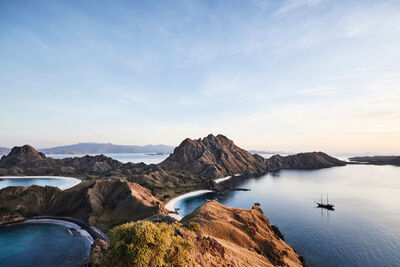
2. There are several languages spoken on Komodo
On Komodo, all children are taught Bahasa Indonesia, the national language of Indonesia. Besides that, locals also use Komodo (a distinct Austronesian language) and regional Austronesian languages such as Manggarai and Bima.
3. Komodo National Park was established in 1980 by Indonesia
In 1980, the Indonesian government established Komodo National Park to help protect its leathery friend, the Komodo dragon (more on these marvels in a moment). Since its establishment, conservation efforts have stabilised the Komodo dragon population, though numbers still fluctuate across different islands. The park has also become a sanctuary for other exotic animals, including various species of snakes, birds and Timor deer (the dragon's main prey).
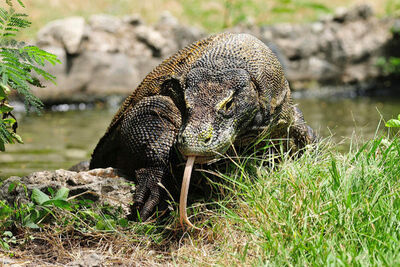
4. Komodo is home to the Komodo dragon
One of the best-known Komodo facts relates to the famous Komodo dragon (Varanus komodoensis) These are the biggest and heaviest monitor lizards on earth, with full-grown adults reaching up to 10ft and weighing around 70-90kg - although some can weigh up to a whopping 140kg. Thanks to the creation of Komodo National Park, their populations have been safeguarded, and today they roam wild on the islands of Komodo, Rinca, Gili Motang and Flores. If you're lucky, you may be able to witness them eating (they can munch up to 80% of their body weight in a single meal) or fighting.
5. The legend of the Dragon Princess
There are several legends of the Dragon Princess (Putri Naga), which explain the bond between the people of Komodo and the dragons. According to the tale, a princess gave birth to twins - one was human, and one was born part Komodo dragon. The dragon child was abandoned to live in the jungle, while the other was raised by humans. Years later, the brother encountered his sister while hunting, and their mother revealed they were siblings. Together, they restored the natural balance of human and dragon cohabitation, and the legend lives on among locals as a reminder of their mystical bond to their leathery neighbours.
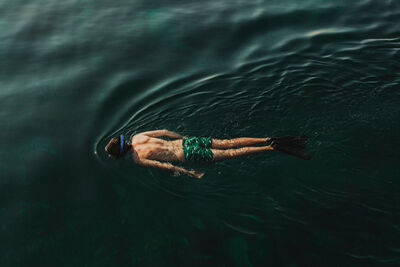
6. There are more than 1,000 species of tropical fish found in Komodo’s waters
We mentioned earlier that the establishment of Komodo National Park has helped more than just the terrestrial animals. This protection has extended into the waters around Komodo, allowing marine life to flourish - there are over 1,000 species of tropical fish. Among them you can find anything from the big - we're talking tuna, napoleon wrasse and manta rays - to the mini, including seahorses, clownfish and frogfish. If you're into muck diving, then head to Bima to spot electric-coloured nudibranchs and blue-ringed octopus.
7. Komodo has 260 species of coral
All these tropical fish need somewhere to live, and luckily, Komodo has plenty of colourful corals to house them. In fact, Komodo has a dizzying 260 species of coral, including hard coral species like staghorns, table corals and the intricate montipora corals. There are also soft corals in every hue, from swaying gorgonian sea whips to fire corals (not to mention 70 species of sponges). One of our favourite sites for a kaleidoscopic dive is Bantu Baldog, fondly known as 'current city'.
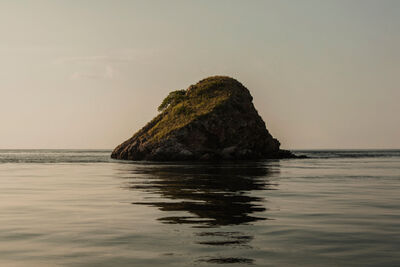
8. Komodo has sharks, manta rays and dugongs
Love pelagic action? You're in luck, as Komodo serves up some mega marine marvels. The strong currents around Komodo provide nutrient-rich waters, drawing in a plethora of sharks. Seven of these sharp-toothed species call these waters home, as well as sea turtles and even the elusive dugong. One of the main attractions when diving in Komodo National Park is Manta Point, located in the southeast of Komodo Island. This is a manta ray hotspot where you can hook on and relax in the current while mantas swirl above you, cleaning, feeding and courting.
9. Komodo was recognised as a UNESCO World Heritage site in 1991
It shouldn't come as a surprise that with all these natural beauties both above and below the surface, Komodo was rightfully recognised as a UNESCO World Heritage site in 1991. Later, in 2011, it was also named as one of the New7Wonders of Nature, highlighting its global significance.
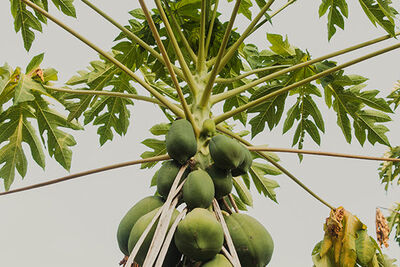
10. Best time to visit Komodo
Now that we've tempted you with a Komodo adventure, it would be rude not to tell you the best time to visit. The dry season (which lasts from April to December) tends to be the best time to visit Komodo due to the dreamy weather (not too hot and little chance of rain). Visibility can reach up to 30m, with warm water temperatures that range between 26°C and 29°C, so you'll only need that shortie and plenty of space on your dive camera (trust us, you'll be leaving the water with more photos than you can count).
The currents can be strong, but there are plenty of gentle drift sites for those just beginning their diving adventures. For those thrill seekers looking for a little more adventure, don't skip on the Cauldron or Castle Rock.
















